What Are Auroras?
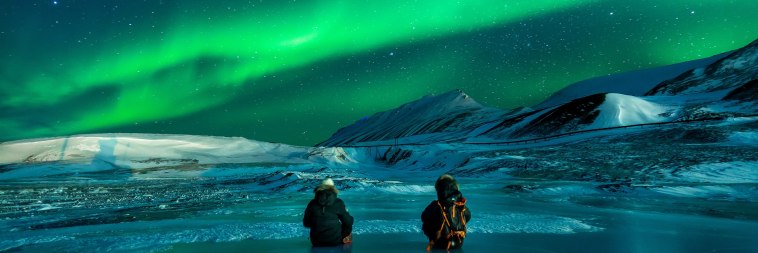
For thousands of years, humans have been fascinated by auroras, colourful light displays in the night sky. But what are auroras? In this article, we’ll take a closer look at the beautiful natural phenomena, examining the cause, types, and myths of auroras.
What Are Auroras?
Auroras are natural phenomena that occur in the Earth’s atmosphere, particularly in the polar regions. They are also known as the Northern Lights (Aurora Borealis) in the northern hemisphere and the Southern Lights (Aurora Australis) in the southern hemisphere. Auroras are caused by interactions between the Earth’s magnetic field and the solar wind, a stream of charged particles from the sun. These particles are primarily electrons and protons, and when they collide with the Earth’s atmosphere, they create a spectacular light show.
The first recorded observation of auroras dates to ancient times. The Greeks named them after the Roman goddess of dawn, Aurora. Furthermore, the two polar aurora names come from ancient Greek gods of wind – Borealis comes from Boreas, the god of the north wind, while Australis comes from the god of the south wind, Auster.
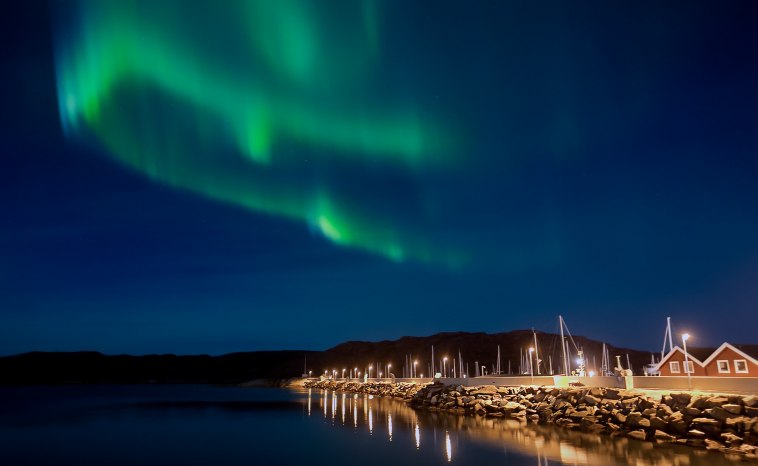
The Science Behind Auroras
Mysterious and stunning as they are, the essential physics behind what causes auroras may be relatively simple, but the whole process behind aurora mechanics is still not fully understood. When electrically charged particles from the sun collide with the Earth’s magnetic field, they are directed towards the Earth’s poles. The charged particles follow the magnetic field lines towards the poles, and when they reach the Earth’s atmosphere, they collide with gas particles. These collisions excite the gas particles, causing them to heat up and emit light.
The Earth’s magnetic field acts as a shield, protecting us from the harmful effects of charged particles from the sun. These particles can cause damage to satellites, power grids, and communication systems. The auroras are simply a visual manifestation of this interaction between the Earth’s magnetic field and solar particles.
ISS Expedition 23 crew, Public domain, via Wikimedia Commons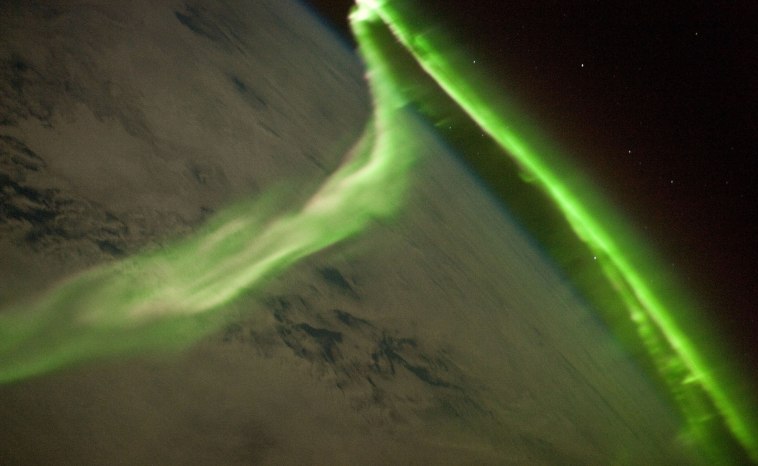
Types of Auroras
There are two main types of auroras: diffuse auroras and discrete auroras. Diffuse auroras are the most common, appearing as a faint glow in the sky. On the other hand, discrete auroras appear as bright, well-defined arcs or curtains of light.
The colours of auroras depend on the type of gas particles in the atmosphere that the solar particles collide with. Oxygen atoms produce green and red lights, while nitrogen atoms produce blue and purple lights.
Aurora Borealis vs Aurora Australis
Aurora Borealis and Aurora Australis are essentially the same phenomena occurring in opposite polar regions. The Aurora Borealis is visible in our planet’s northern hemisphere, while the Aurora Australis occurs in the southern hemisphere.
Norway, Sweden, Finland, and Alaska are the best places to go to catch a glimpse of the Aurora Borealis. On the other hand, the Aurora Australis is visible from southern hemisphere locations like Australia, New Zealand, and Antarctica. Both types are caused by the interaction between the Earth’s magnetic field and charged particles from the sun.
When and Where to See Auroras
The best time to see auroras is during winter, so from September to April for Aurora Borealis and March to September for Aurora Australis. At these times, nights are longer and darker, providing optimal viewing conditions. Auroras also mainly occur in the so-called ‘auroral zone’, between 10 – 20 degrees from the geomagnetic poles. However, weather conditions in the local areas might affect visibility.
To increase your chances of seeing auroras, you must be in a location with clear skies and minimal light pollution. You can also check an aurora forecast before travelling to a site to ensure you are in the best place for success.
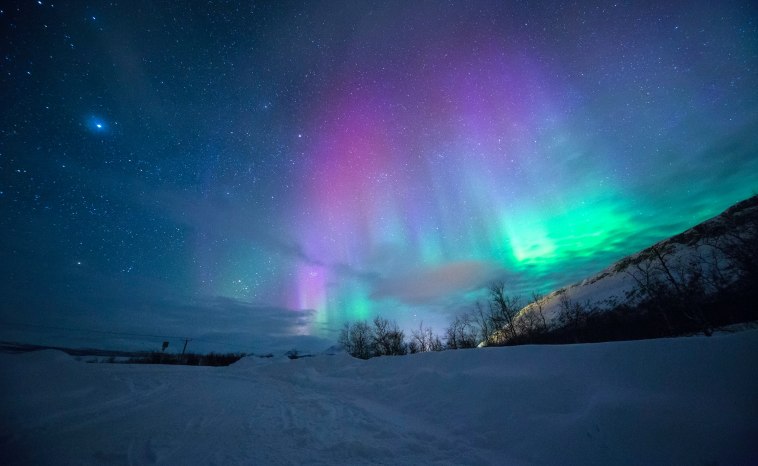
How to Photograph Auroras
Photographing auroras is a challenging but gratifying experience. To fully capture their beauty, you’ll need a camera with manual settings and a tripod to keep the camera steady. You’ll also want to use a wide-angle lens to maximise the sky in your shots.
To photograph auroras, you need to use a long exposure and a high ISO setting to capture as much light as possible. You can also use a remote shutter release to minimise camera shake and a flashlight to illuminate the foreground.
Aurora Myths and Folklore
Auroras have played an essential role in myths and folklore throughout history. The Inuit people traditionally called the auroras aksarnirq. Some tribes thought that Auroras were the highest level of Heaven. Others believed that the lights were a reflection of the spirits of the dead entering the afterlife. Some even thought the lights were the spirits of the dead playing football with a walrus skull!
The Sami people, indigenous inhabitants of Finland, Sweden, Norway, and Russia, had beliefs that changed in different regions. The Finnish Sami’s, for instance, called the lights Revontulet, or ‘foxfire’. They thought that foxes running through the sky caused the lights, creating sparks as their bushy tails brushed against the mountains.
The northern lights also feature heavily in Norse mythology. The Norse people believed that they were light reflecting from the shields of the Valkyries. The Valkyrie were female warriors whom Norse soldiers believed stalked battlefields and would decide who would survive and who would die in battle and travel to Valhalla. Some Norse people also thought that auroras were the Bifröst, the rainbow bridge that connected Earth to Asgard, home of the gods.
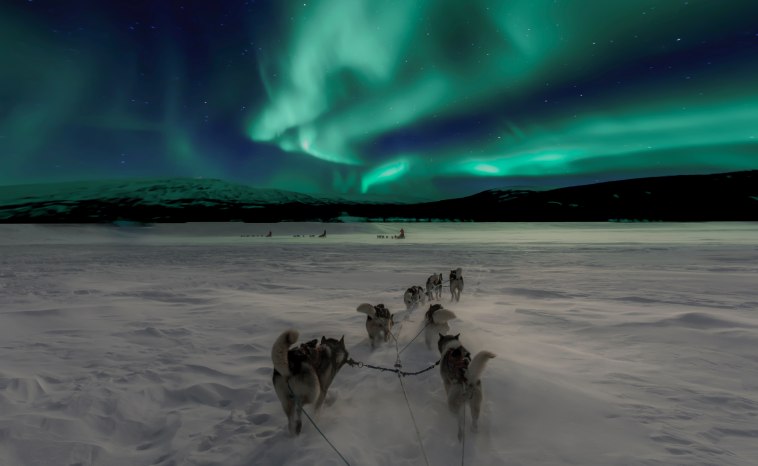
Super Star Gift
Auroras are a beautiful, almost magical phenomenon, but if you want a magical gift for the astronomy lover in your life, why not consider the OSR’s Super Star Gift? Along with your named star certificate, you’ll also receive a special telescope, the ‘Fly Me to the Stars’ VR set, a star globe, and our Super Star Poster, all in a luxurious gift box.

